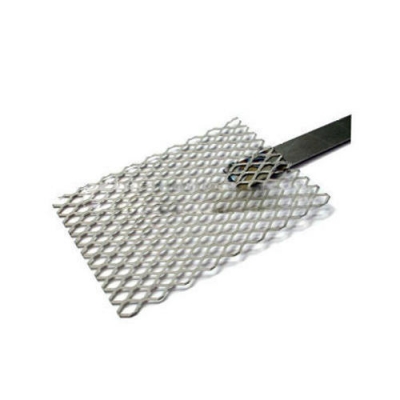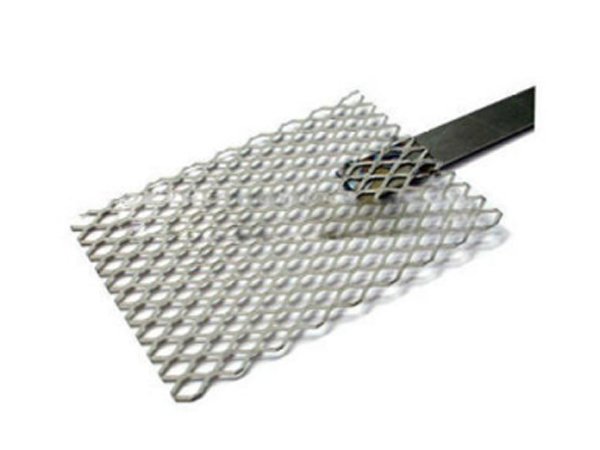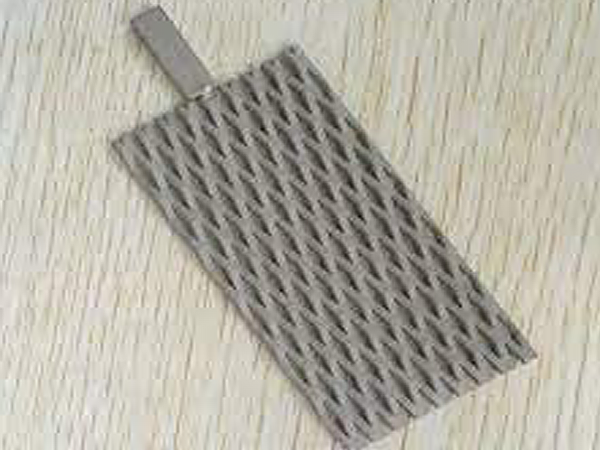Platinized titanium anode
(Platinized Titanium Anode)
Category: current injection anode
Platinized titanium anode
Bernagdas platinized titanium anodes are made of two parts, the base metal and the coating....

Current injection anode
Platinized titanium anode
(Platinized Titanium Anode)

Sacrificial bracelet anodes are commonly made of aluminum alloys
Platinized titanium anode
(Platinized Titanium Anode):
Bernagdas platinized titanium anodes are made of two parts, the base metal and the coating. Titanium is used as the base metal and a very thin layer of platinum is applied on it. Titanium acts as the body of the anode and conductor, and the platinum coating acts as the active element of the anode. The base metal can be used in different shapes such as rods, pipes, nets, etc. The usual thickness of the platinum coating is about 2.5 microns, but if these anodes are used in harsher environments, this thickness should be increased to about 5 microns.
The thickness of the platinum coating and the output current density of the anode determine the useful life of the anode. The maximum voltage at the interface between the anode and the environment in environments containing chlorine ions should not exceed 8 volts because at higher voltages there is a possibility of local corrosion of the uncovered parts of the anode. Platinized titanium anodes should not be used in environments containing fluoride ions because titanium oxide is dissolved in such environments and anode passivation cannot protect the base metal.
The output current density and consumption rate of platinized titanium anodes are as follows:
| Properties | amount |
| Maximum output current density | A/m2 3000 |
| Common output current density | A/m2 1000 – 100 |
| Consumption rate | g/A.Year 0.01 (d current density A/m2 550) |
The main advantage of platinized titanium anodes is that they can work with a very low consumption rate at high current densities. Also, these anodes are lighter and smaller than conventional anodes.

